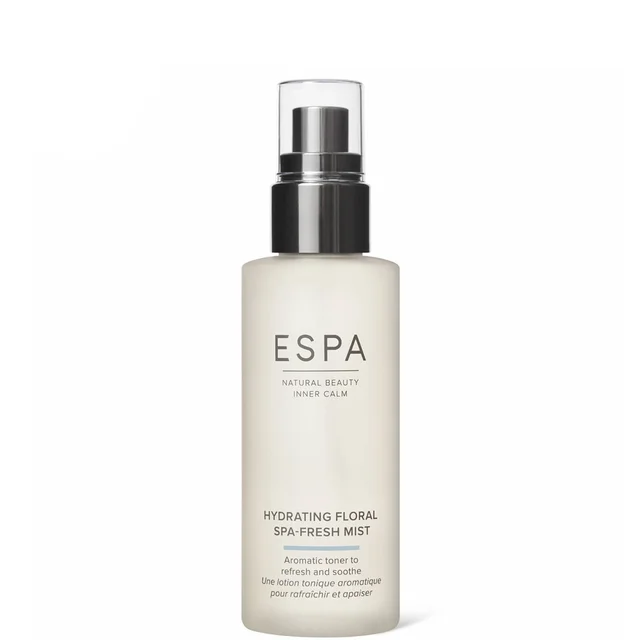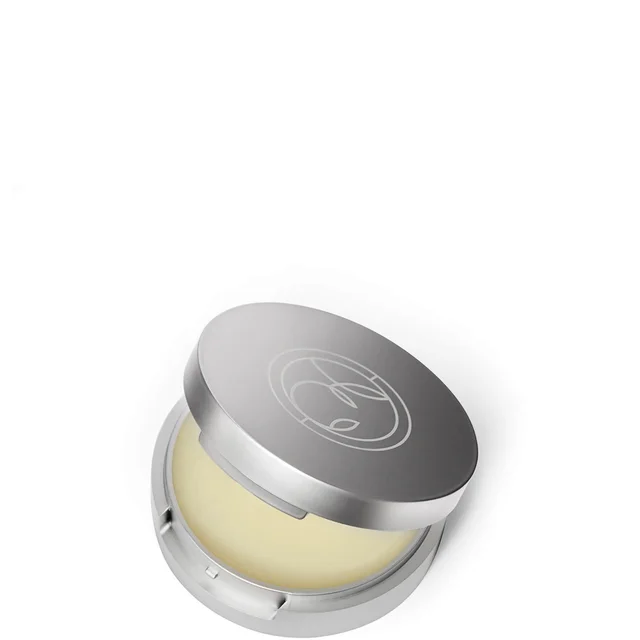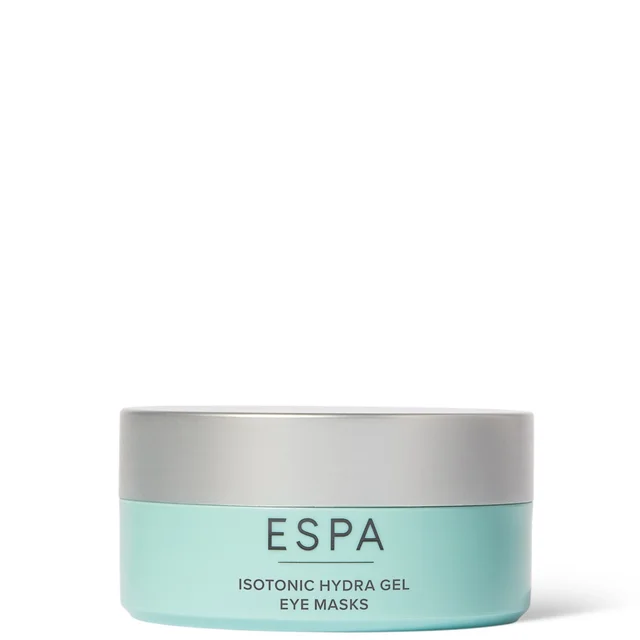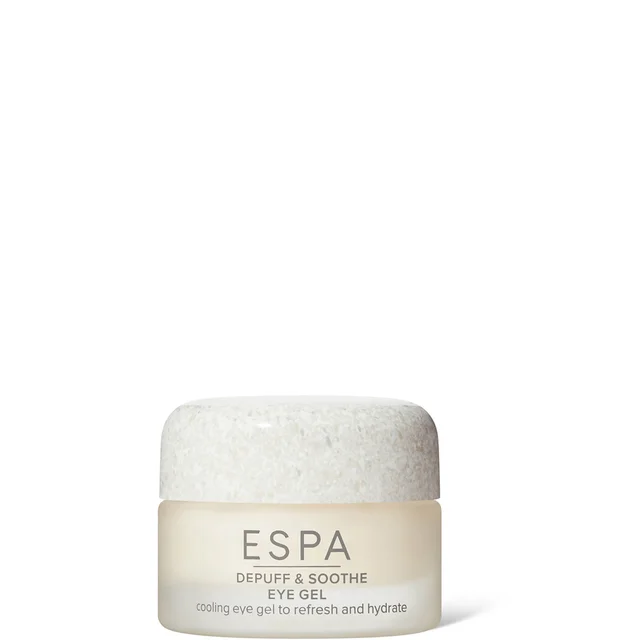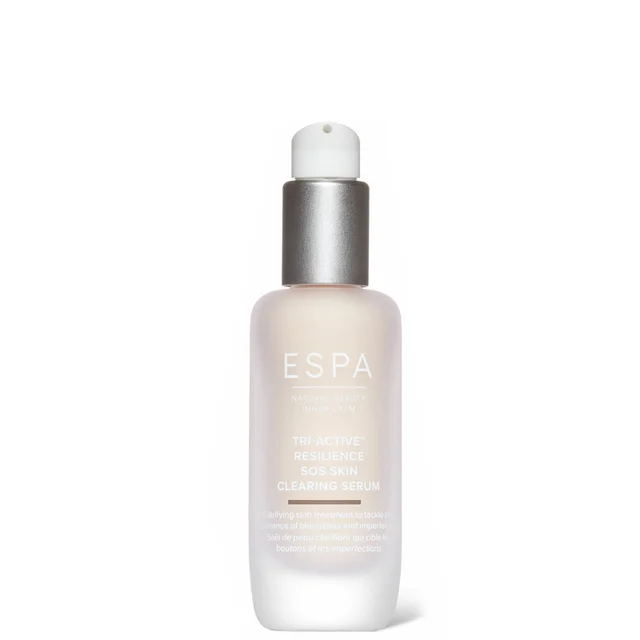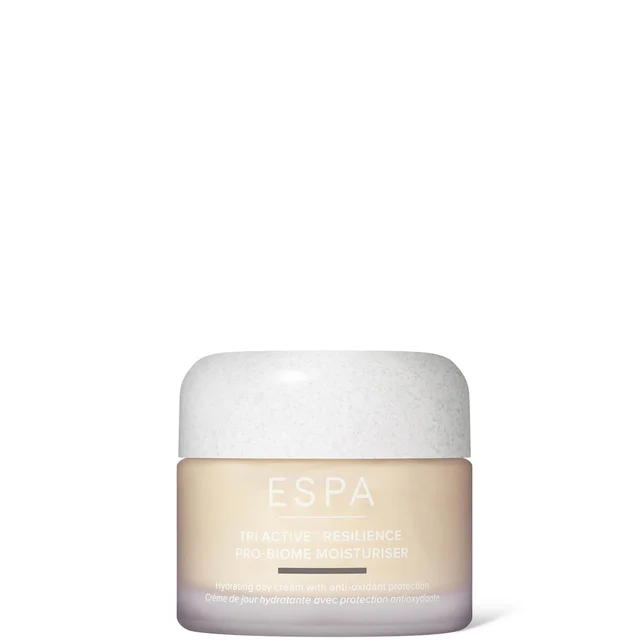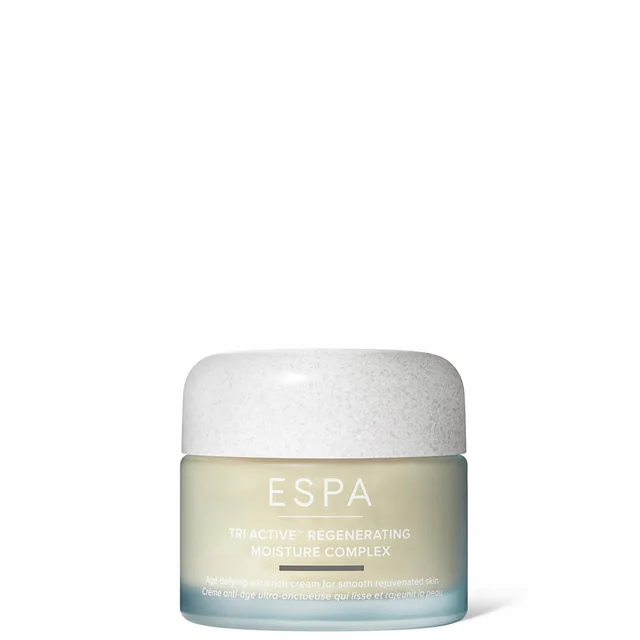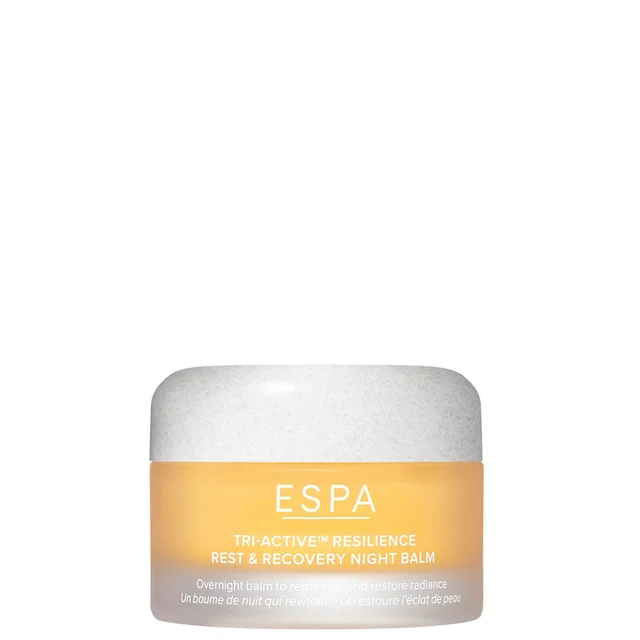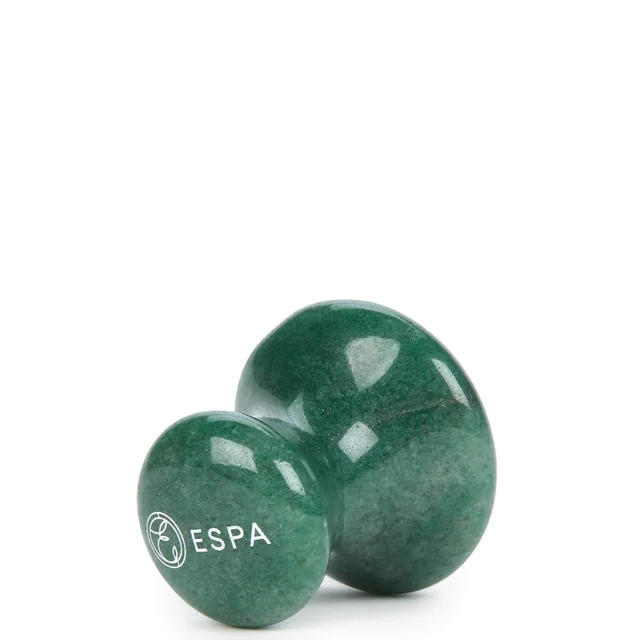How to Rehydrate and Restore Your Skin After Jet Lag

If you’ve ever taken a long-haul flight, you’ll know the disorientating effects of jet lag, that strange mix of being wide awake at 3am and struggling to keep your eyes open mid-afternoon. It’s what happens when you travel to a different time zone and your body clock, your circadian rhythm, is out of sync. Adjusting can take several days, and just when you’ve adapted, it’s often time to head home and start the process again.
Before we look at how to restore balance, it’s worth understanding exactly what’s going on. When you know the facts, you can make smarter choices for your health and your skin.
Jet lag disrupts your circadian rhythm, the 24-hour cycle that regulates not only your sleep and wake times, but also your digestion, mood, concentration, and skin repair. It can leave you feeling tired, irritable, foggy, and even trigger headaches or digestive discomfort. And it doesn’t stop there, your skin also feels the impact in ways that go beyond the post-flight dryness we all notice.
Did You Know Your Skin Has Its Own Sleep–Wake Cycle?
By day, your skin is in defence mode, protecting against UV rays, pollution, and environmental stressors. At night, it switches to repair mode, when cell turnover speeds up, collagen production peaks, and moisture reserves are replenished.
When jet lag confuses your body clock, it confuses your skin’s clock too. Your skin might be trying to repair itself in the middle of the day or defend itself at night, making those processes less effective. That’s when you see dullness, dehydration, sensitivity, or puffiness that can linger for days after you land.
What Happens to Your Skin During a Long Flight
Long-haul travel adds a host of extra stressors:
Dry cabin air — humidity levels are usually under 20% (compared to 40–60% indoors), accelerating moisture loss from skin.
Cabin pressure changes — equivalent to being at 6,000–8,000 feet, reducing oxygen delivery to skin cells and slowing cell metabolism.
Sitting still for hours — circulation in your legs can drop by 50%, which also slows lymphatic drainage, leading to puffiness in the face and eyes.
In-flight meals and snacks — often high in salt and low in fresh produce, contributing to dehydration and bloating.
Sleep disruption — even with rest on board, the quality and timing of sleep can be far from ideal.
Post-Flight Skincare Problems and How to Fix Them
Long-haul travel can leave its mark on your skin in more ways than one. Here are the most common skin concerns after flying, and how to treat them so you can recover your glow.
1. Dehydrated Skin After Flying
When cabin air has less humidity than the Sahara Desert (often under 20%), skin moisture evaporates faster than you can replace it. That’s why skin can feel tight, look dull, or even start to flake during and after a long flight.
How to fix it: Hydrate inside and out. Sip water or coconut water regularly, avoid drinks that dehydrate (coffee, black tea, alcohol), and top up moisture with a hydrating mist or balm mid-flight.
Recommended products:
Hydrating Floral Spa Fresh Mist – hydrating face mist with Neroli Flower Water and Rose Damascena
Overnight Hydration Therapy – rich overnight face mask
Pomelo Lip Balm – nourishing lip balm for dry lips
2. Puffy Eyes and Dark Circles After a Flight
Sitting still for hours can reduce circulation, slowing lymphatic drainage and allowing fluid to pool under the eyes and in the face. Combine that with broken sleep, and shadows and puffiness are hard to avoid.
How to fix it: Move around whenever you can during the flight. After landing, encourage circulation with a gentle eye mask or cooling gel, they’ll soothe, hydrate, and brighten tired eyes.
Recommended products:
Isotonic Hydra-Gel Eye Masks – cooling under-eye masks
Depuff and Soothe Eye Gel – lightweight hydrating eye gel
3. Post-Flight Breakouts and Sensitivity
Dehydration can trigger the skin to produce more oil, while a change in climate, processed in-flight meals, and lack of quality sleep can all disrupt your skin’s natural balance. The result? Redness, breakouts, or irritation that can take days to calm down.
How to fix it: Keep it simple, avoid heavy makeup, cleanse gently, and use calming, barrier-supporting skincare. Let your skin breathe so it can focus on repair.
Recommended products:
Tri-Active Resilience SOS Skin Clearing Serum – targeted blemish serum
Tri-Active Resilience Pro-Biome Moisturiser – skin barrier moisturiser
4. Fine Lines Look More Visible After Flying
Dry, tight skin doesn’t just feel uncomfortable, it can make fine lines and texture appear more obvious, even if they weren’t noticeable before your flight.
How to fix it: Smooth and plump skin with a hydrating overnight mask or balm as soon as you can after landing. This restores moisture and helps soften the look of lines.
Recommended products:
Overnight Hydration Therapy – hydrating overnight face mask
Tri-Active Regenerating Moisture Complex – anti-ageing moisturiser for smooth, supple skin
Extra Tips for Beating Jet Lag and Restoring Skin
Helping your body adjust to a new time zone isn’t just about catching up on sleep, it’s about sending your body and skin the right signals so they can reset quickly.
Reset your body clock
Light is the most powerful cue for your circadian rhythm, the internal clock that tells your body when to be alert and when to wind down. If you land in the morning, get outside into natural daylight within the first hour of waking to signal it’s time to be active. If you land in the evening, keep lighting low and avoid bright screens to help your body start producing melatonin and prepare for sleep. Even 15 minutes of the right light exposure can help your body clock adjust faster.
Eat in rhythm with your destination
Start eating on local time as soon as you can. Choose meals rich in water, vitamins, and antioxidants like salads, fresh fruit, vegetables to rehydrate from the inside out. Avoid heavy, salty, or overly processed foods, which can add to puffiness and sluggish digestion.
Keep your circulation moving
On the flight, stand, stretch, massage your arms and legs through your clothes and walk the aisle regularly (if you can). After landing, short walks or gentle stretching help boost oxygen flow and energise tired muscles. This also benefits skin by delivering more nutrients to the surface.
Abigail’s Top Tips – In-Flight Face Massage for Jet Lag Recovery
If you have a balm or face oil with you, you’ve got the perfect opportunity for a mid-flight face massage. It’s one of the simplest ways to help your skin cope with long-haul travel , boosting circulation, easing puffiness, and as a knock-on effect, helping to reduce dark circles and maintain skin hydration. If you feel a bit self-conscious about a full-face massage, you can easily apply finger pressures to your face, scalp and neck, and no one will know you are actually giving yourself a face and head treatment.
My go-to is the Tri-Active Resilience Rest & Recovery Night Balm. It melts beautifully into the skin, creating just the right slip so your fingers or tools glide without tugging, and being a balm it’s my number one skincare product for a flight.
If you have the ESPA Rose Quartz Gua Sha or ESPA Eye Contour Massage Tool in your carry-on, these are perfect for adding to your face massage. Work lightly under the eyes, along the jawline, and down the sides of the neck to encourage lymphatic drainage. Not only will it feel soothing, but it’s also a calming ritual that can help you step off the plane looking, and feeling, fresher.
Experience the ESPA Jet Lag Treatment
Imagine stepping off your flight and straight into a sanctuary where your skin, body, and mind are restored in just 60 minutes. The ESPA Jet Lag Treatment focuses on the scalp, shoulders, neck, feet, and lower legs, the areas most affected by travel, and combines expert touch with your preferred Signature Blend to either energise or deeply relax you.
Available for a limited time at select ESPA spas, it’s the ultimate way to rehydrate, revive, and rebalance post-flight. Book your reset now and start your trip, or your return home, feeling renewed.
Shop This Post:

